at Trio Dental Center, Leading Dental Implantology Clinic for Bone Grafting in Tirana, Albania.



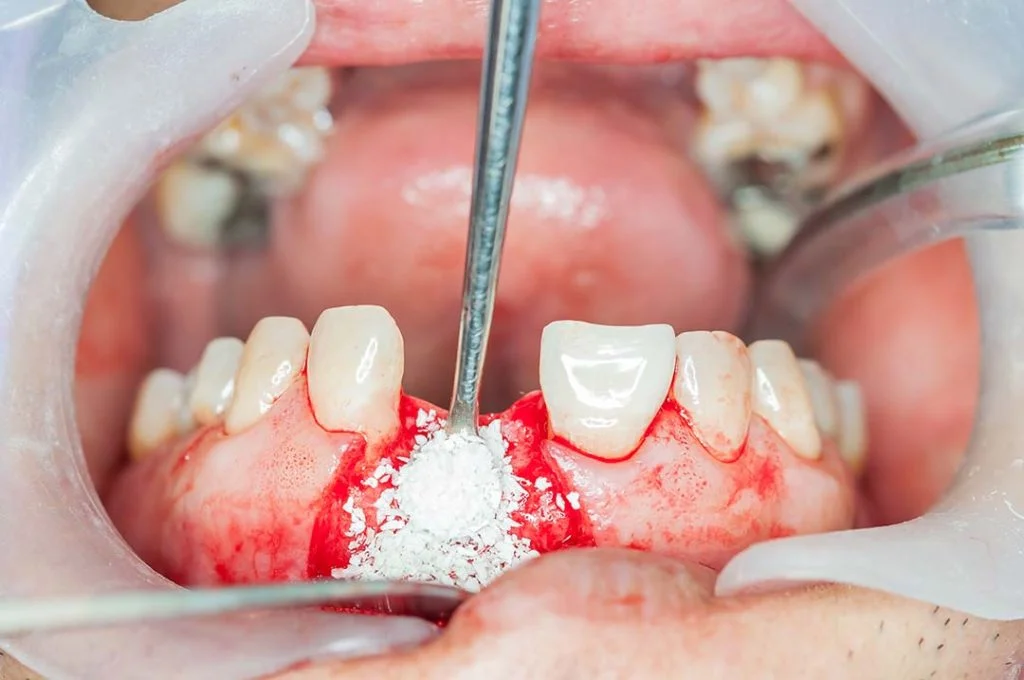
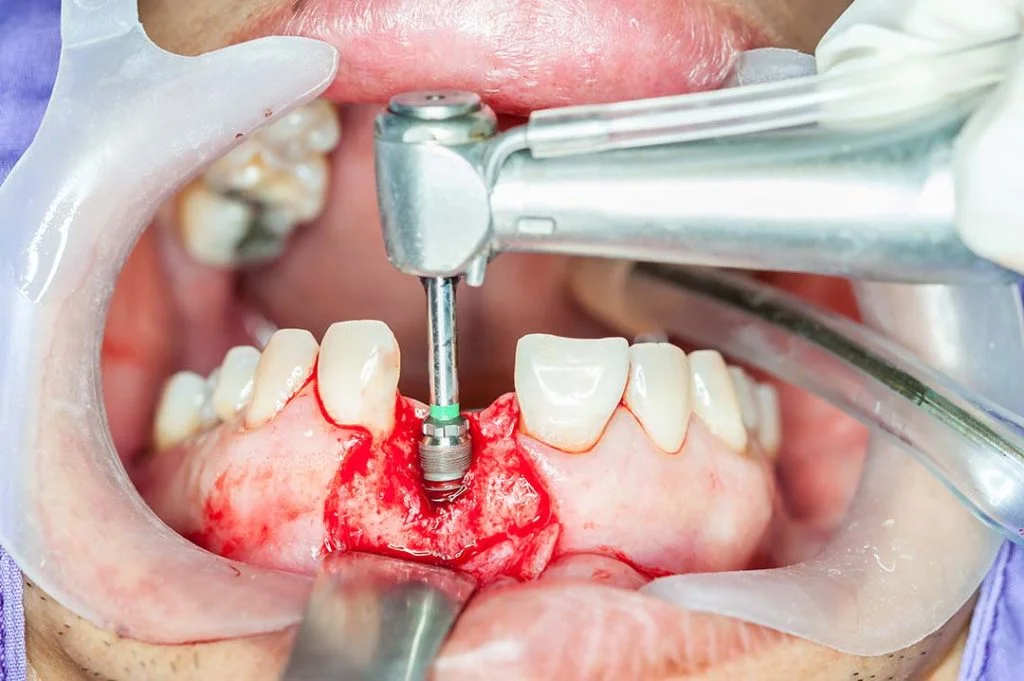
Modern bone grafts in Albania now have excellent properties. Only when we choose the right aid in the right case will we have the best functional and aesthetic result. At Trio Dental Center you will be welcomed in a pleasant clinic which is equipped with the most state-of-the-art machines and technologies of dentistry.
At Trio Dental Center we will show you our hospitality and welcome you with a warm and charming smile. Thanks to our experience, continuous training and seminars that we follow, the staff of Trio Dental Center has a wide knowledge in the field of dentistry. At our clinic we also make use of the sinus lift procedure in order to help you have a quicker as well as easier result.
Trio Dental Center applies the most modern methods of dental treatments in Albania, in a painless way. At the same time, we provide you the greatest quality of dental treatments but with the most affordable prices in Europe. Bone graft surgery in Albania is not a usual procedure so you should be careful when you choose the dental clinic that you want to visit. The dental clinic of Trio Dental Center provides general dental services as well as specialized surgical, dental and periodontal services. Do not hesitate to contact us and schedule an appointment!
We’ve hand-picked an exclusive team of the country’s leading dentists.
Our team is here to help you identify which of our consultants is the right choice for you.

Ilda Meta
Orthodontist
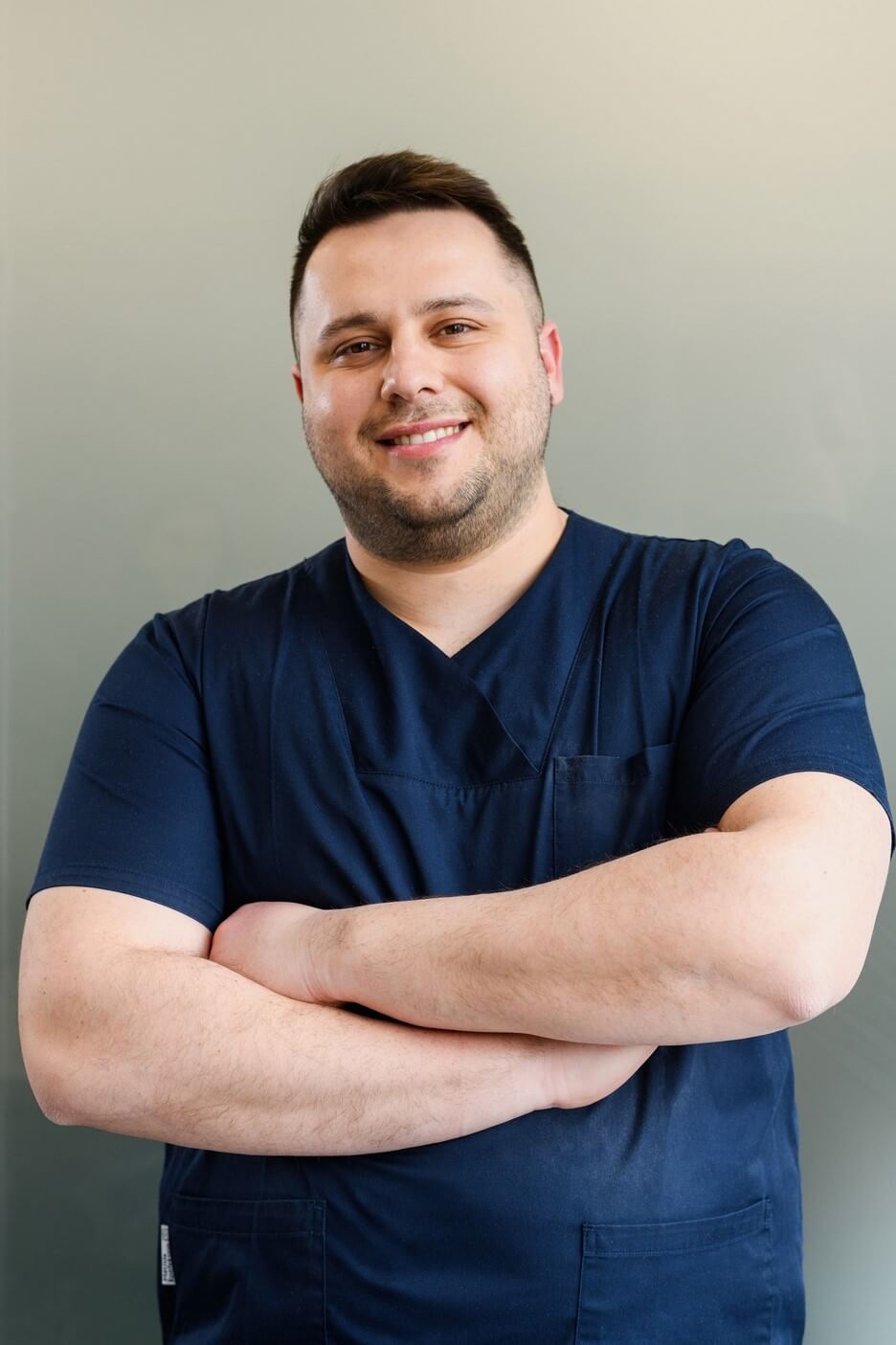
Donato Sava
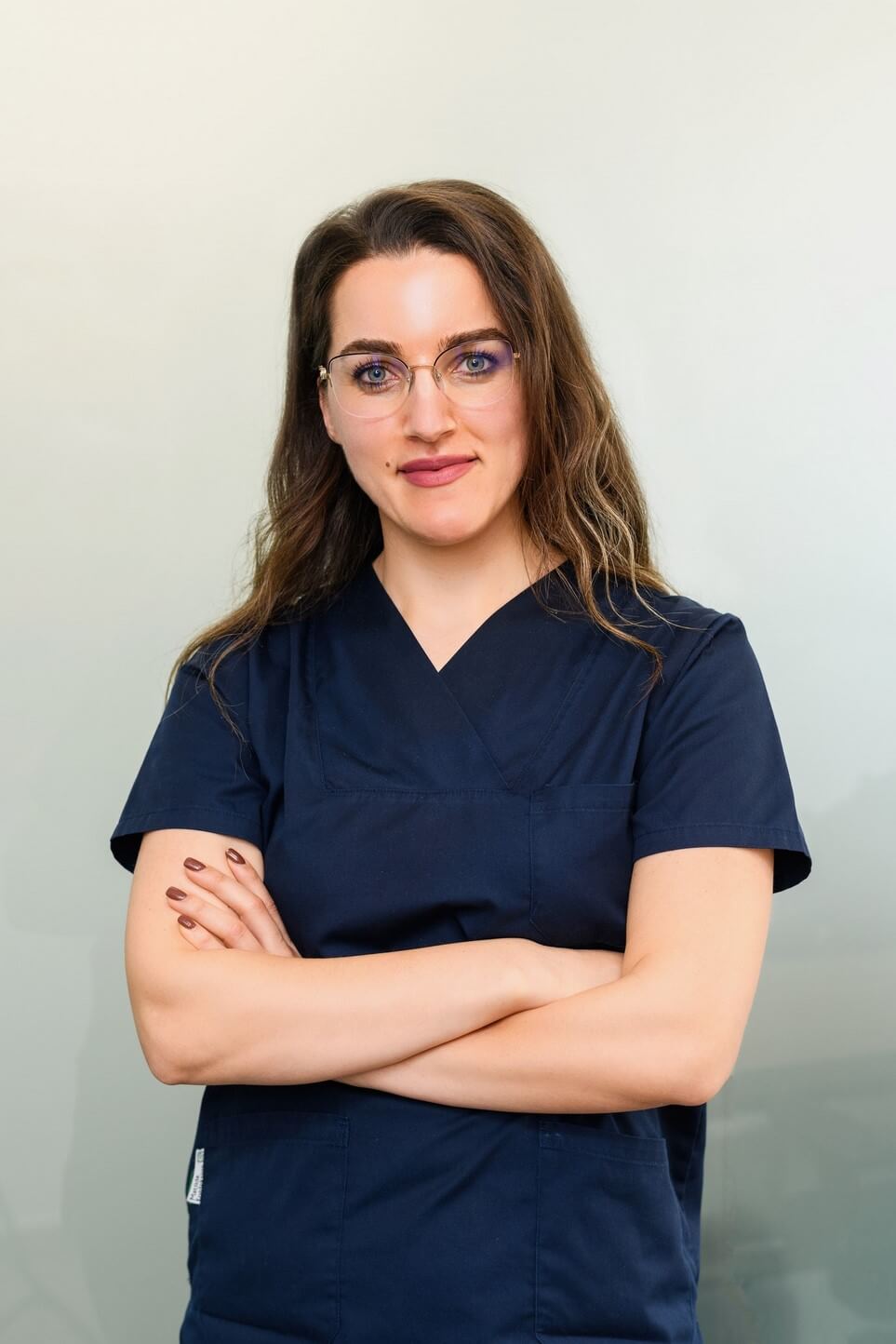
Marsida Murati

Kelta Brecai

Kristina Beqiraj

Jessica

Artjola
Customer Care

Mikaela
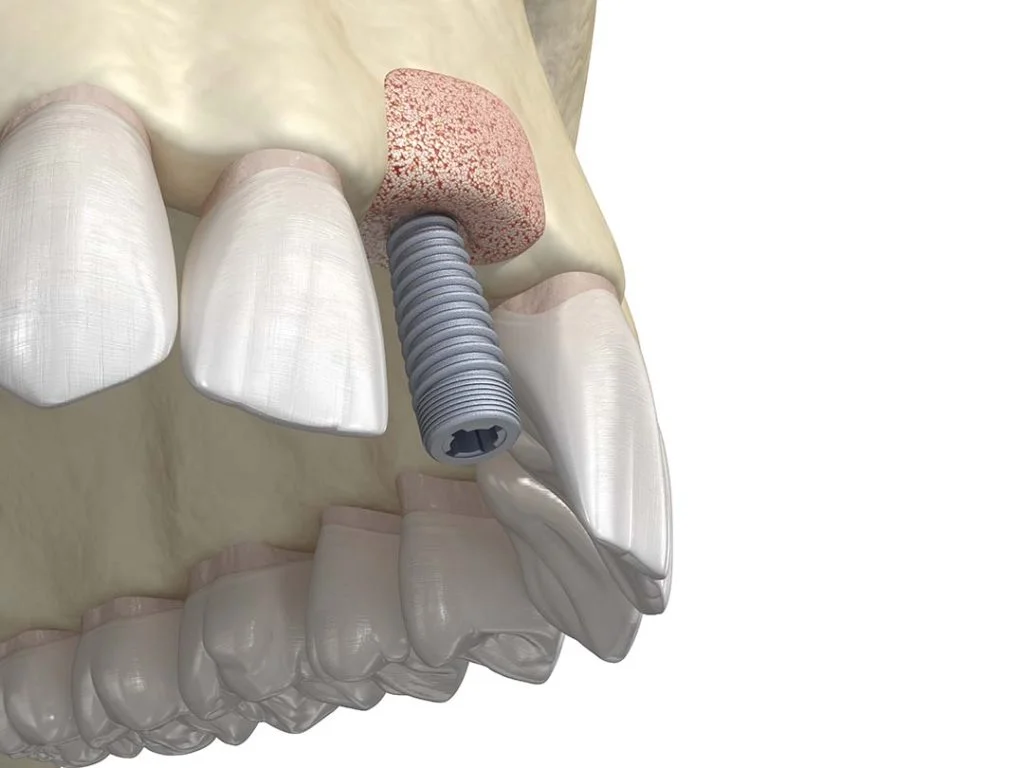
Dental Bone Grafts are parts of a bone that we take either through the mouth or from other parts of the body such as the skull, pelvic crest or tibia and they are used to repair defective bone areas of the jaws. In general, we always try to take the implant through the mouth (from favorable points of the upper and lower jaw) and to supplement the amount, if not enough, with artificial implants which have a structure similar to human bone but at the same time a very well functional as well as aesthetic results and without risk of rejection. Out-of-mouth transplants are heavier, and are only preferred in cases where a large portion of bone is missing.
The oral and maxillofacial surgeon can repair with great results large gaps of soft and hard tissues with implants that he takes from other parts of the body and places in the deficit area with the help of a microscope. Due to his experience in intraoral reconstructive surgery, he can succeed in placing the appropriate implant even in areas with reduced or minimal bone and creating a solid support for the patient’s dental rehabilitation. With the appropriate design, they can be placed immediately and dental implants resulting in immediate improvement of speech and chewing.
Many of these surgeries, due to the orthodontist’s training and experience, can be performed quickly, painlessly and with excellent results under local anesthesia or intoxication by avoiding hospitalization.
The main purpose of bone grafts and directed tissue regeneration is not simply to replace the lost bone with a foreign implant, but to help the body rebuild its own bone to replace the lost part of the jaw bone.
The bone graft is the skeleton on which the new bone will be created. Our body gradually decomposes the bone graft and with its building materials creates a new bone of its own.
Directed tissue regeneration is achieved by using a special membrane to isolate the area where the bone is to be created, while the substances with which it is impregnated act as activators of bone formation, aiding and accelerating the natural process.

If someone has a bone loss in their jaw then commonly, he or she is in need of a dental bone graft. The procedure of a bone grafting for a dental implant, may be recommended for you, if you:
Sometimes, the reason why people choose to have a bone grafting is financial or even logistical. In both ways, a bone loss comes about every day that the tooth is missing.
A bone graft is a routine procedure for stabilizing bone tissue in the jaw. Throughout the time of dental implant surgery, a small hole is made in the patient’s jaw in order to hold the implant, which is a small titanium member that anchors the denture in place. In order to complete this procedure, the bones in the jaw must be wide and firm enough so to hold the implant.
Bone grafting is usually recommended when the patient has had a jaw injury or has extensive tooth decay. In these cases, the bone tissue may have been lost due to atrophy and absorption. If your jaw bone is atrophied or not strong enough, then the pressure exerted on the jaw by repeated chewing can damage the dental implant and increase the risk of dental implant failure.
When your dentist decides that there is not enough bone tissue to support dental implants, then he or she will suggest you a bone graft. Some patients may also be candidates for synthetic bone graft material depending on the severity of the natural jaw injury.
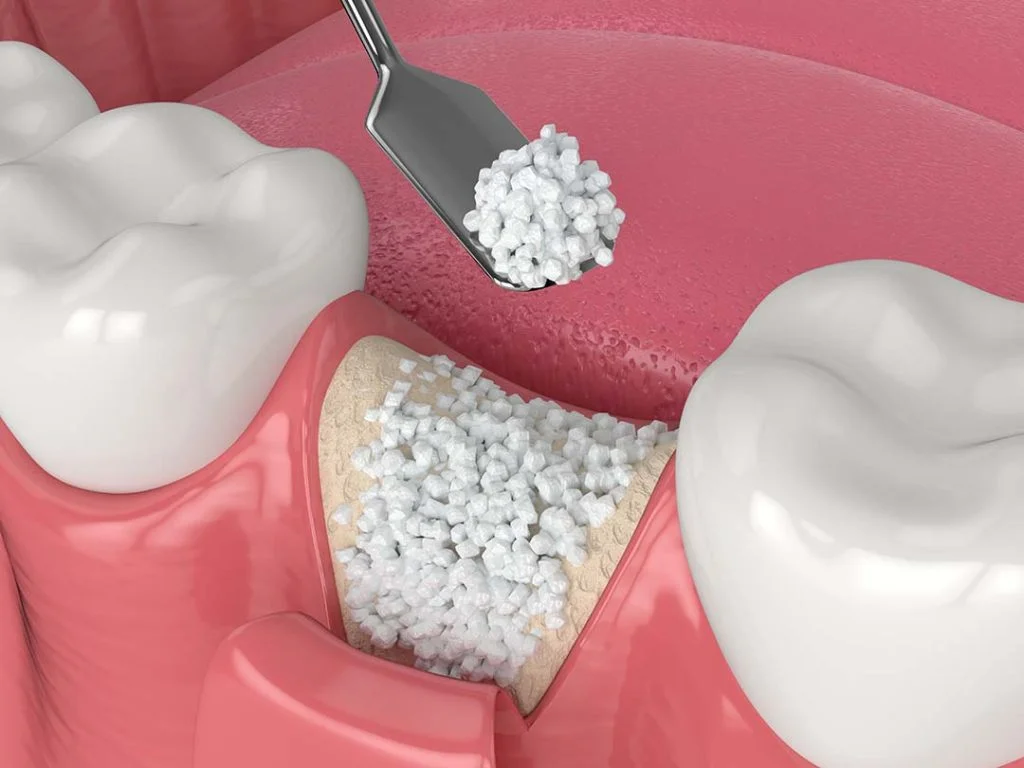
There are four different types of bone grafts:
Bone graft for implants is a common procedure that has been performed on a daily basis at the Dental Clinic of Trio Dental Center.
Prior to surgery, anesthesia or intravenous sedation is given to prevent any discomfort. The dentist cleans the area and then makes an incision through the gum tissue in order to expose the area which is required by the bone system. Healthy bone tissue, or combined bone tissue, is then placed between the two parts of bone that need to be joined.
At this place, there are 2 cases depending on each case separately:
At Trio Dental Center we are convinced that we should reduce the risk of losing any dental implant to a minimum. And for this reason, we follow internationally recognized dental protocols from the literature as well as practices that are used from the best universities in the world.

Although time consuming, bone grafts can be a crucial and necessary part of any implantation process. After surgery, patients may experience common discomfort, such as swelling or bruising of the gums or skin and minor bleeding.
Despite that, these common side effects drop out quickly. There are also some dietary restrictions, such as eating only soft foods while healing, after each stage of bone grafting and implantation.
At Trio Dental Center with our modern regenerative techniques, we offer something much more than the regeneration of lost tissues. We restore naturalness and function of the mouth and offer harmony and aesthetics to the smile. Trio Dental Center has the highest quality of dental services in Albania and you can confirm that from our many years of experience as well as from the results of our previous clients.
When you come to our dental clinic, we make sure that we have all the time in order to listen to your personal needs, requirements and desires as well as to advise you on the most appropriate treatment method, based on the latest scientific data and our many years of experience.
On the other hand, the equipment that our clinic utilizes is of the greatest quality and the latest one in the field of dentistry. Trio Dent Center is equipped in order to handle all your dental needs, from a simple dental procedure to a complete oral restoration – this part also includes the Bone Grafting Procedure. For us it is especially important the dental treatment that we will offer you to endure over time. Our desire is to offer you solutions that will be affordable and tailored to your capabilities.
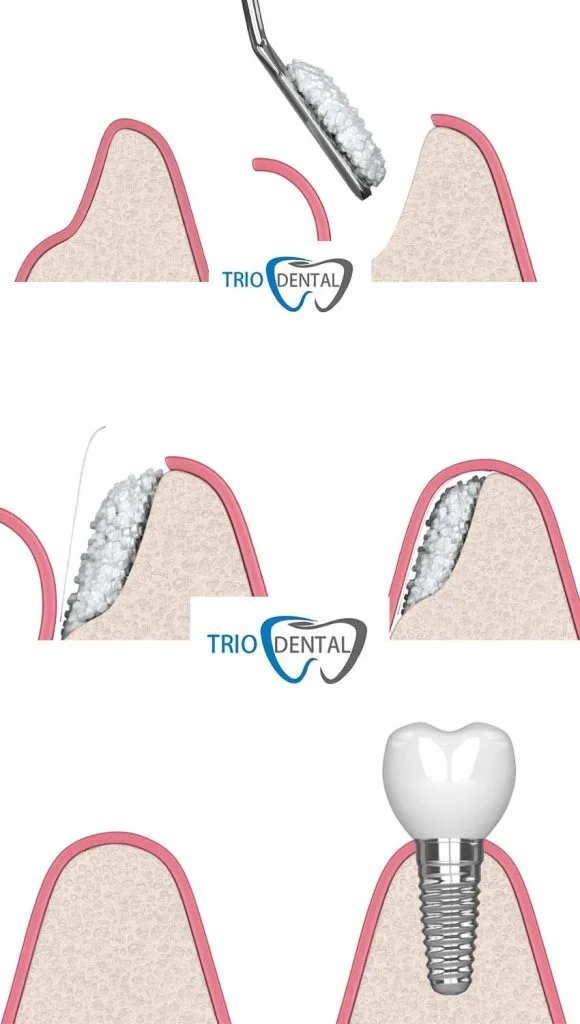
Including extraction, the bone graft and membrane procedure can take up to 45 minutes, depending on the case. To place the implant with guided surgery, this appointment will not take more than an hour.
An implant appointment can take up to 60 minutes!
From a bone graft and a membrane, your gums may feel bruised, as if you had accidentally bitten your lips.
With an implant, there is no pain caused from it, but the gums may have some pain and some swelling – as if they had bitten their lips. Definitely less pain than an extraction.
It is completely safe. The potential dangers are rejection of the graft – something that is very unlikely and infection, which, again, is very unlikely. We give antibiotics for seven days to fight it. Finally, the body could dissolve the bone graft faster than it can turn it into bone, so a second graft may be needed.
A bone graft can be infected – the mouth is the dirtiest part of the human body and even with our best efforts, the infection can enter the graft.
Also, smoking and poor oral hygiene can increase the risk!
For this reason, you must faithfully follow the instructions of our specialized dentists on the part of implants and bone regeneration!
The body could dismantle the bone marrow faster than it can heal, so it’s not a failure but we may need to re-bone the bone so that there is enough bone.
The body can also reject the bone graft and refuse to dismantle it, so we may need to clean it and at this point leave nothing behind for the body to heal the wound normally. Then we may need to try a different bone reshaping technique if there is not enough bone to place an implant.
While there are no dietary restrictions after a bone graft, try eating on the opposite side of the graft area for about 3 to 4 weeks. And we mainly avoid hard and hot foods, as much as possible soft and cold or lukewarm foods.
The less the tongue plays with the graft, the more likely the graft is to heal. The less the patient does not put his finger in his mouth or something like a toothpick there, the better.
The membrane – which is a sterile bandage – holds the bone particles in the jaw. If the patient touches the area and lifts the membrane, then yes, the particles can come out.
If you are looking for the best quotes with the best dentists in Tirana, Albania, but you don’t know if they will be able to attend your case; we have the perfect solution for you, you can write us your problem! This way our professionals will evaluate your case, give you a premise of what could happen once you arrive at our dental clinic in Albania, and could give you an approximate cost of what could be done with your case.
This service is totally free, we do not charge for giving you an estimate or advice. So we invite you to take the opportunity to listen to what the Dentist in Albania has to say about your illness or condition, they’ll probably have a totally different diagnosis than the one you’ve been given and it may also be fairly affordable compared to what they’re offering you in your country.
And even if you’re inside Albania but still are looking for a top Dentist in Tirana, we advise you to leave your case in the details box below so that we can give you a quote and schedule an appointment for you to come across a Dentist in Albania.